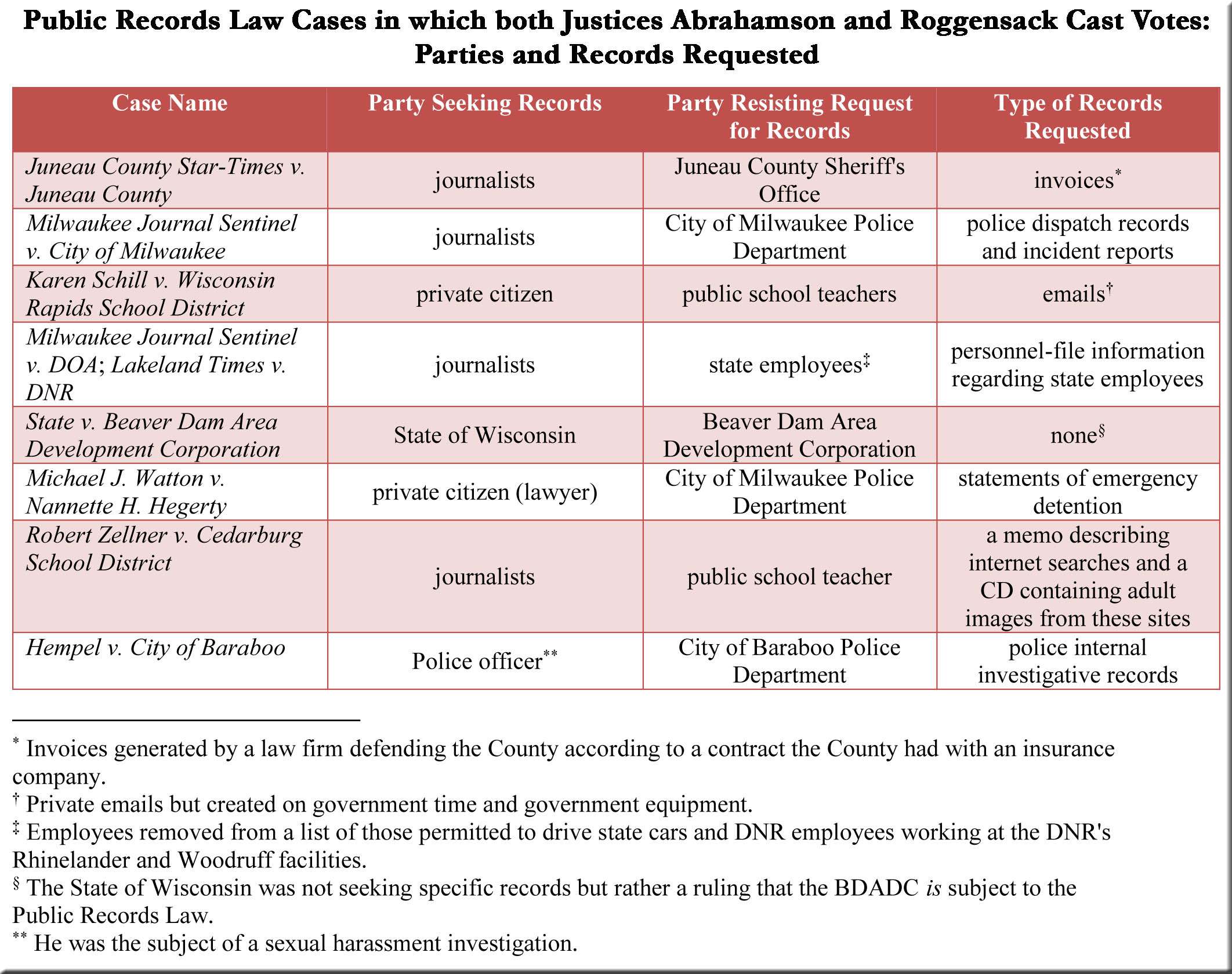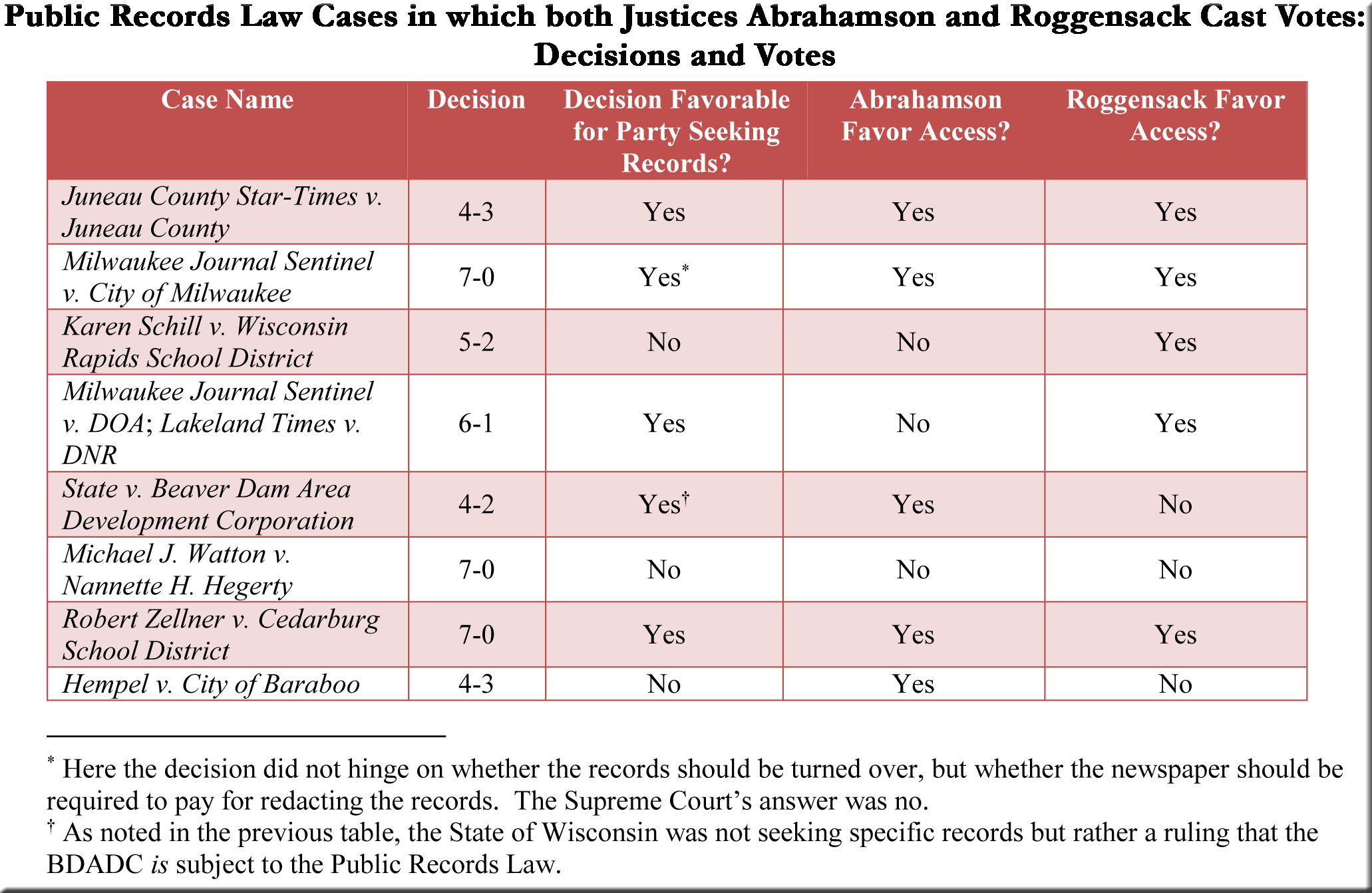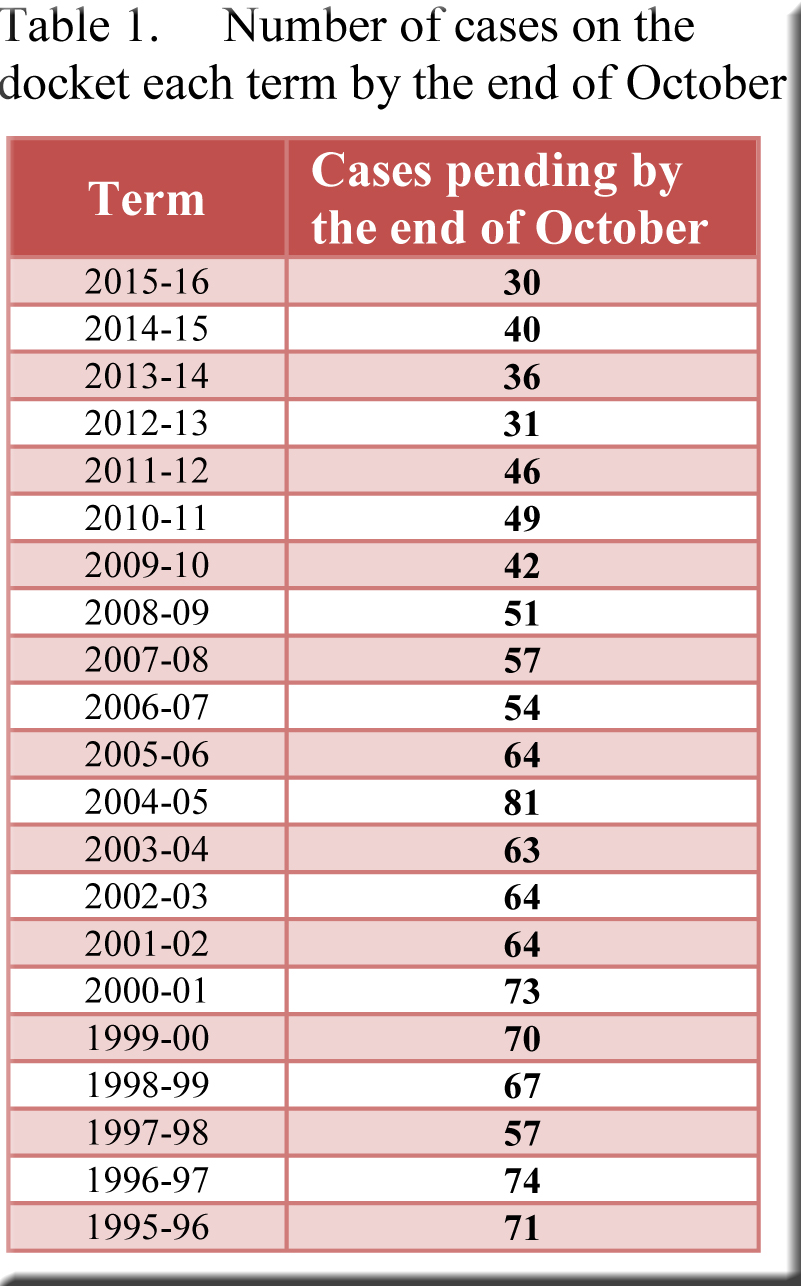After receiving a suggestion to examine data on petitions for review in order to determine how petitioners fared in criminal cases, I sifted through data available for the 2014-15 term.[1]
Initial sorting revealed a set of 275 petitions for review in criminal cases that the justices either granted or denied during this period. Given that nearly all the petitions were filed on behalf of defendants, it should surprise no one that most were denied. In fact, “most” might be too mild a term, as only 5% (14/275) were granted.
Moreover, this percentage is heavily distorted by the fact that six of the petitions granted by the justices—nearly half of the total of 14 successful petitions—were filed by the State against defendants. If we remove the State’s petitions from consideration, we are left with 265 petitions filed on behalf of defendants, only 3% (8/265) of which were granted.
In sum, then, the State succeeded with 60% (6/10) of its petitions—an outcome that is noteworthy not only for the comparatively high percentage of petitions granted, but also because it shows how rarely the State filed petitions at all in criminal cases. No doubt this lack of activity was due primarily to the fact that the State wins the large majority of criminal cases in the lower courts, while the State’s high success rate with the petitions that it did file may reflect factors as disparate as the expertise of the Attorney General’s Office and the sympathies of the justices. If other considerations might also have been involved, I would be grateful to learn of them.
Turning back to the 265 petitions filed on behalf of defendants, the success rates for various categories of filers varied considerably. For instance, defendants who filed petitions themselves made no headway whatsoever, as all 34 of their petitions were rejected by the justices. If 2014-15 is any guide, defendants without lawyers would appear to have essentially no chance of persuading the justices to hear their cases. When lawyers were engaged to file petitions on behalf of defendants, the success rate climbed to 3.5% (8/231)—hardly stratospheric, but better than zero.
Moreover, within this total of 231 petitions, those filed by attorneys from the State Public Defender’s Office and the Frank J. Remington Center of the University of Wisconsin Law School were granted at a rate many times higher than that attained by the large remaining pool of defense lawyers. More specifically, Public Defenders succeeded with 11% (5/46) of their petitions, while 17% (1/6) of the Remington Center’s petitions were granted. These achievements account for all but two of the successful petitions filed by lawyers in criminal cases. If the Public Defender’s and the Remington Center’s petitions are removed from consideration, we find that only 1% (2/179) of the petitions filed by all other lawyers were granted.
The question remains, of course, how do these findings compare with outcomes from earlier years? Work now underway on a sampling of results from previous terms seeks to address this issue by uncovering similarities and/or differences with the fate of petitions in 2014-15.
[1] More specifically, this enterprise concerns petitions for review in criminal cases that the Supreme Court granted or denied between September 1, 2014, and August 31, 2015. Diane Fremgen, Clerk of the Supreme Court and Court of Appeals, kindly provided data on petitions for review that, when combined with information from the court system’s website, yielded the figures presented in the following paragraphs. We are considering all cases with numbers bearing the CR (but not the CRNM) suffix. It is worth acknowledging the existence of cases that stem from some underlying criminal conduct but do not themselves focus on an alleged crime (and do not have numbers with a CR suffix). These are omitted here because a preliminary scan suggests that they are comparatively few in number and difficult to find amid the several hundred petitions decided during the term.








